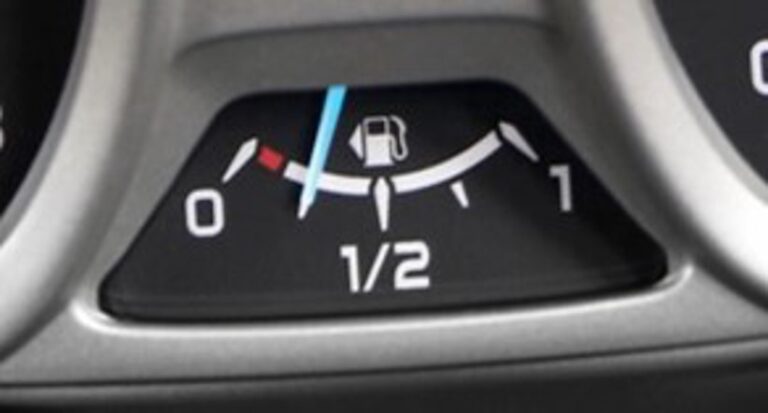Fleet Managers are always juggling their capital and operational budgets to ensure they have the money to replace assets on time, and the cashflow to pay the bills each month.
Last year placed significant pressure on the fleet operational budget with rising maintenance costs and an increase in pump prices. Diesel was up 45% and unleaded pump prices increased by 25%. So what pump price will you put in the fleet operational budget for 2023?
Factors that created the pump price volatility in 2022 still exist in 2023 with the war in Ukraine being a major factor. Australian retailers cannot influence the global oil price and the pump prices are also set using global pricing. Local retailers do control their margins and some might squeeze a few extra cents by delaying the movements down and reacting quickly to the increases.
You could be excused for trying retain a budget based on last year’s expenditure. If you can convince the finance team, then having a bigger budget than you need may be useful for other unexpected expenses.
The IPWEA Plant and Vehicle Management Manual recommends operational budgets are zeroed out each year and an estimate is created based on the projected requirements. For example, the fuel budget would be based on projected utilisation, fuel consumption rates and pump price forecasts.
One of the tricks with budgets is being able to explain your assumptions (especially when asking to keep the same amount or asking for more). Using the historical pump prices published on Fleet Auto News is a good way to explain the number you pick for 2023. And remember, it’s only a forecast (aka guess) so you’re allowed to wrong.






